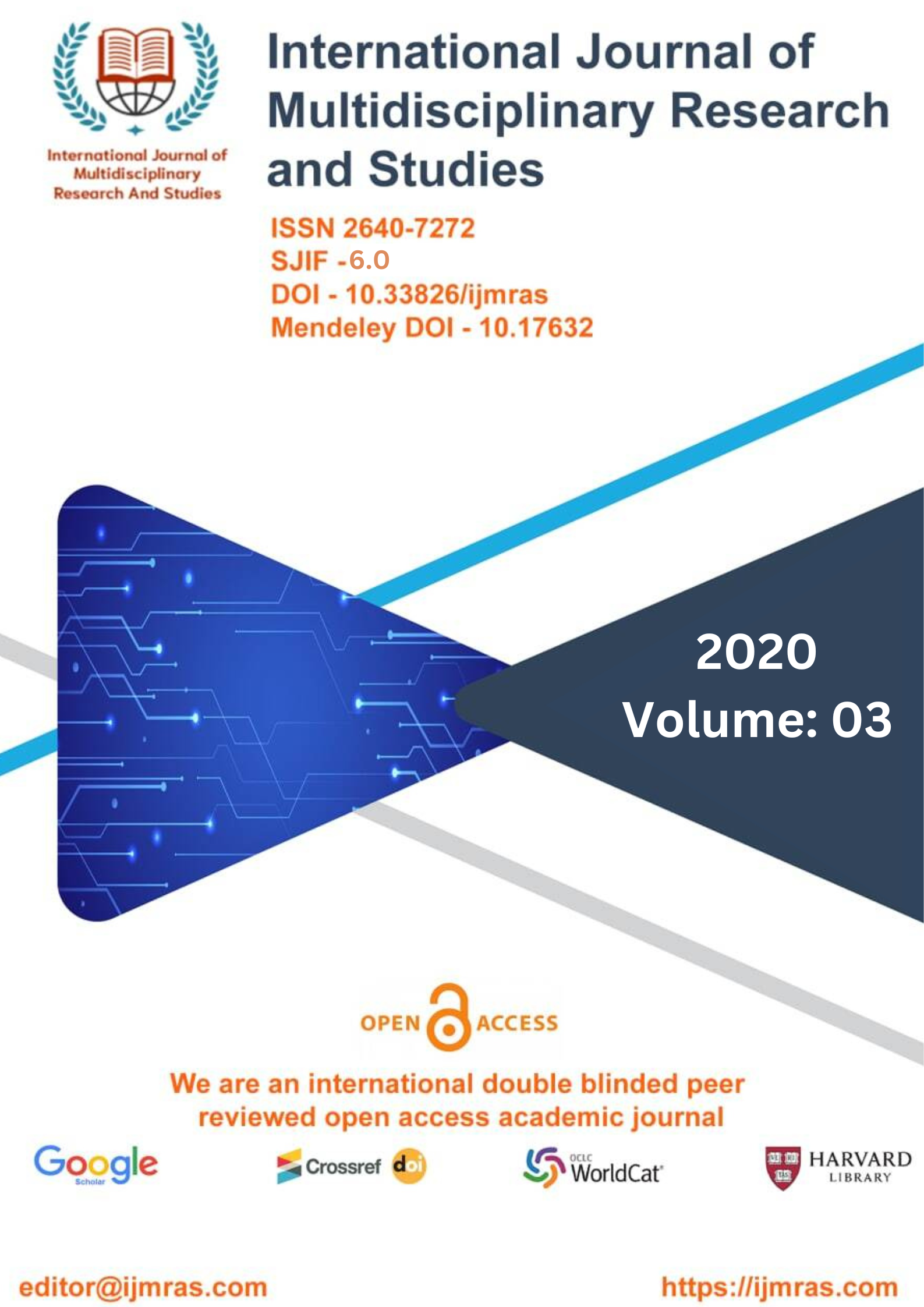VARIABLES, INCLUDING EXAMPLE OF – SUPERPOSITION AND TRUNCATION IN BOTH AVERAGE AND PROBABILISTIC

Abstract
This shortfall, alternatively, arises, in a large part, through inefficiencies that may be inherent in traditional fixed spectrum management regulations. This is due to the fact that studies have confirmed that the lack of spectrum is fake. Improvements in cell communication over the past three decades have been accompanied by a huge increase in demand for bi-directional cellular communication services everywhere in the world. As of 2011, there are over four billion cellular subscribers internationally, and 4.6 million radio base station locations. Mobile and broadband visitor volumes continue to grow, requiring additional investments in network capacity, new spectrum for brand spanking, and requirements for advanced air interfaces that allow for accelerated energy and can provide spectral efficiency. In percentage terms, the amount of electricity or spectrum used and associated fees regularly climb grows which is carried over the network.
Keywords
Including, Probabilistic, Spectrum, network capacityHow to Cite
References
United States Road Assessment Program. http://www.usrap.org. Accessed: 2018-1-13. 12
traffic safety facts Technical Report, National Highway Traffic Safety Administration, 2016. 1
Global status report on road safety 2018. Technical Report, Geneva: World Health Organization, 2018. License: CC BY-NC-SA 3.0 IGO. 1
Rashalshehi and Prashanth Reddy Marpu. Hierarchical graph-based segmentation for extracting road networks from high-resolution satellite images. ISPRS Journal of Photogrammetry and Remote Sensing, 126:245–260, 2017.
Sean M Arrieta, Alexi A Efros, Ravi Ramamurthy, and Manish Agarwal. City forensics: Using visual elements to predict non-visual city attributes. IEEE Transactions on Visualization and Computer Graphics, 20(12):2624–2633, 2014. 7
Phavenbastani, Songtao He, Sophian Abbar, Mohammad Alizadeh, Hari Balakrishnan, Sanjay Chawla, Sam Madden and David DeWitt. RoadTracer: Automatic extraction of road networks from aerial images. In Proceedings of the IEEE Conference on Computer Vision and Pattern Recognition, pages 4720–4728, 2018. 23
Francois Cholet. Exception: Deep learning with deeply separable resolutions. Correspondent, ABS/1610.02357, 2016 25
Marius Cordes, Mohamed Omran, Sebastian Ramos, Timo Rehfeld, Markus Enzweiler, Rodrigo Bennsen, Uwe Franke, Stefan Roth and Bernd Schiele. Cityscapes dataset for semantic urban scene understanding. In IEEE Conference on Computer Vision and Pattern Recognition, 2016. 6
Abhimanyu Dubey, Nikhil Naik, Devi Parikh, Ramesh Raskar and Cesar A. Hidalgo. ´ Deep Learning the City: Quantifying Urban Perception on a Global Scale. In European Conference on Computer Vision, 2016. 7
Andreas Geiger, Philipp Lenz and Raquel Urtasun. Are We Ready for Autonomous Driving? Kitty Vision Benchmark Suite. In IEEE Conference on Computer Vision and Pattern Recognition, 2012. 7
Connor Greenwell, Scott Workman, and Nathan Jacobs. Where it goes: Predict object distribution from above. 23 in IEEE International Geoscience and Remote Sensing Symposium (IGARSS), 2018
Douglas Harwood, Karin Bauer, David Gilmore, Reginald Soularete, and Zachary Swan. Validation of the US road assessment program star rating protocol: application to the safety management of US roads. Transportation Research Record: Journal of the Transportation Research Board, 2147:33–41, 2010. 7, 12, 23
License
Copyright (c) 2020 Sunil Kumar

This work is licensed under a Creative Commons Attribution 4.0 International License.
Individual articles are published Open Access under the Creative Commons Licence: CC-BY 4.0.



